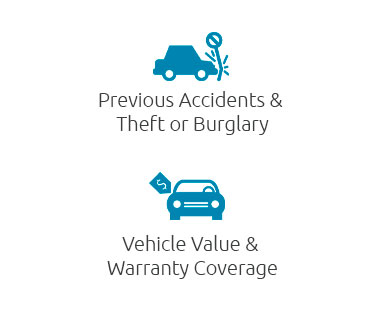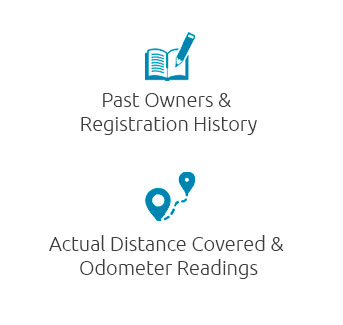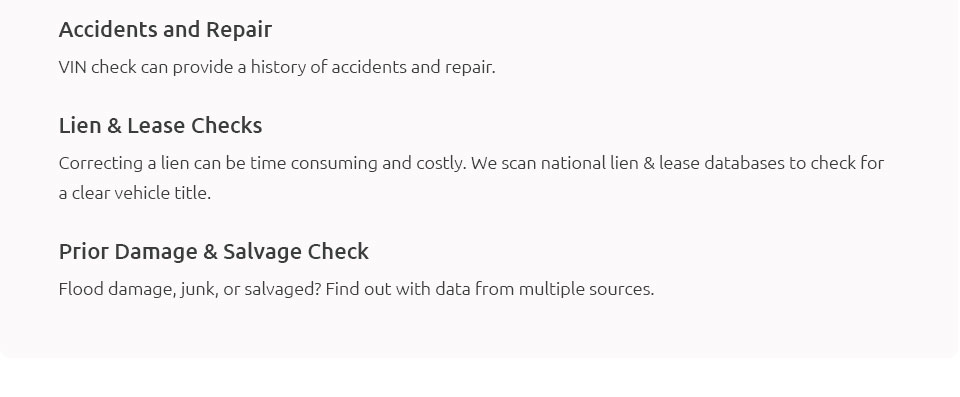 |
 |
 |
||
 |
 |
|
 |
||
 |
 |
 |
 |
||
 |
 |
 |
 |
 |
||||
|
||||
 |
How to Find Out When Your Car Was ManufacturedUnderstanding the exact manufacture date of your vehicle can be a crucial piece of information for several reasons. Whether you are a car enthusiast looking to delve deeper into the history of your vehicle or someone interested in understanding potential recall issues, knowing this date can be invaluable. It provides not just insight into the car's age but also hints at the specific batch of components that might have been used, helping you make informed decisions about maintenance and part replacements. One of the most straightforward ways to determine the manufacture date is by examining the Vehicle Identification Number (VIN). This unique 17-character code is a treasure trove of information. Typically located on the driver's side dashboard, visible through the windshield, the VIN can also be found inside the driver's side door jamb or on important documents like the vehicle's registration. Once you have the VIN, you can decode it using online tools that reveal the production year, along with other details such as the manufacturing plant and even the specific model type.
While the VIN and compliance plate are your best bets for an accurate manufacture date, it's important to consider that certain elements, such as the model year and the actual production date, might not always align perfectly. For example, a car labeled as a 2020 model might have been manufactured in late 2019. This discrepancy can affect everything from resale value to insurance premiums. Therefore, understanding these nuances is not just academic; it's a practical necessity. In conclusion, uncovering your car's manufacturing date involves a mix of detective work and leveraging available resources. By exploring the VIN, consulting documentation, and utilizing online tools, you can piece together a comprehensive picture of your vehicle's origin. This knowledge not only satisfies curiosity but also empowers you as a car owner to make more informed decisions regarding maintenance, resale, and insurance. In the end, taking the time to discover this detail reflects a deeper engagement with your vehicle, enhancing both your driving experience and peace of mind. https://www.youtube.com/watch?v=-jrREBpqqlQ
wondering how can I find out about my car and how badly someone rep off my daughter off and got away. $2200 unregistered Nissan extrail. https://www.ace-autoparts.com/About/Blog/entryid/139/how-to-find-your-cars-manufacturing-production-date
Look for your car's vehicle identification number (VIN), which you can decode to find its production date. Typically, VIN numbers are located toward the bottom ... https://www.quora.com/How-do-people-determine-the-age-or-year-their-car-was-manufactured-or-built-if-there-is-little-or-no-documentation-available-from-the-manufacturer
On the manufacture's decal (typically on the driver's door jamb) will be a decal showing the month and year a vehicle was manufactured. Other ...
|



